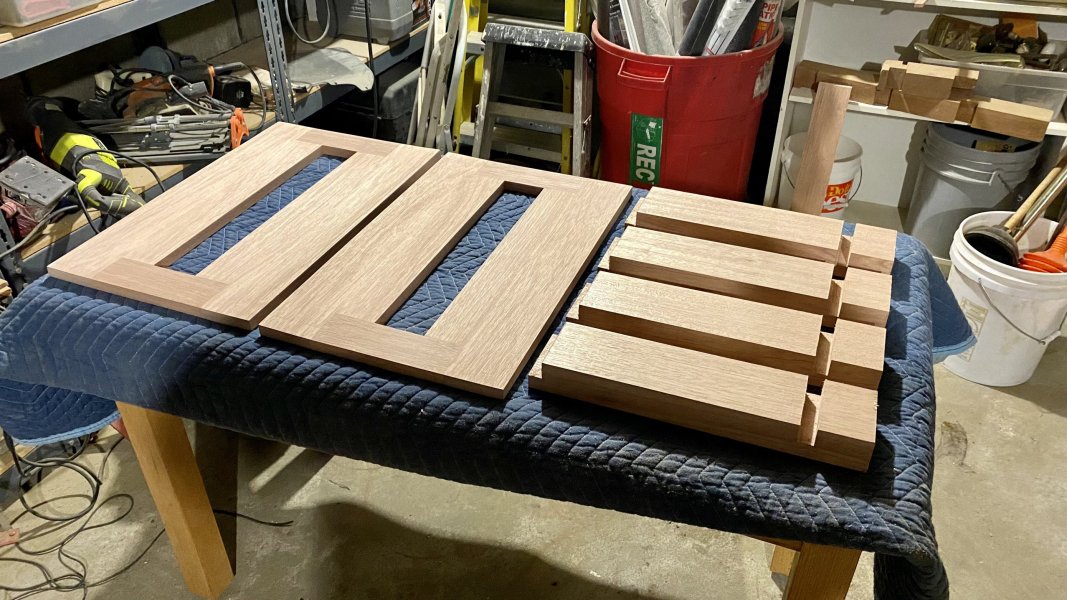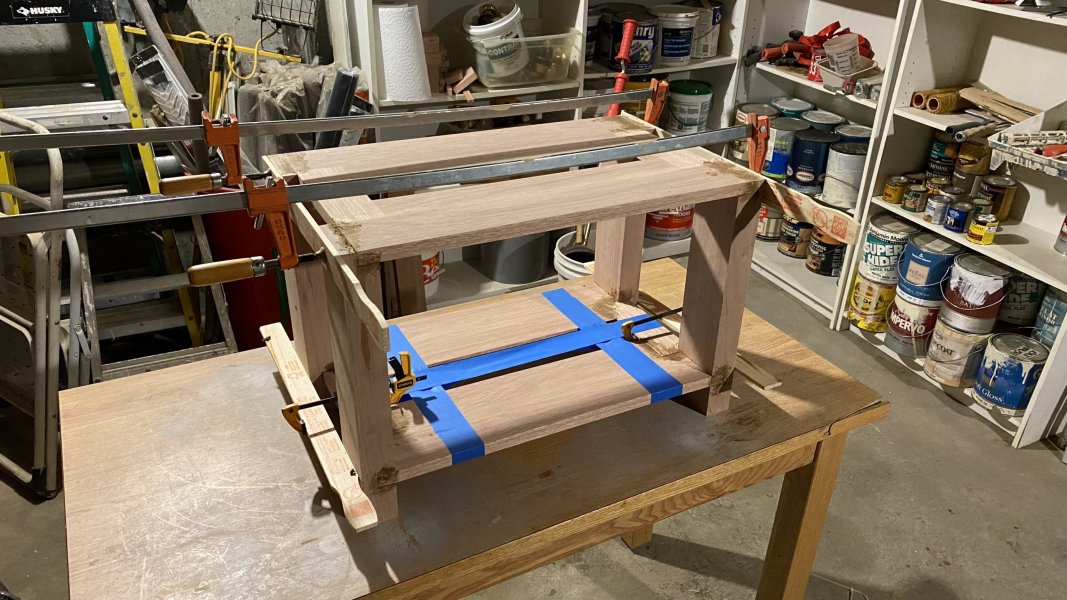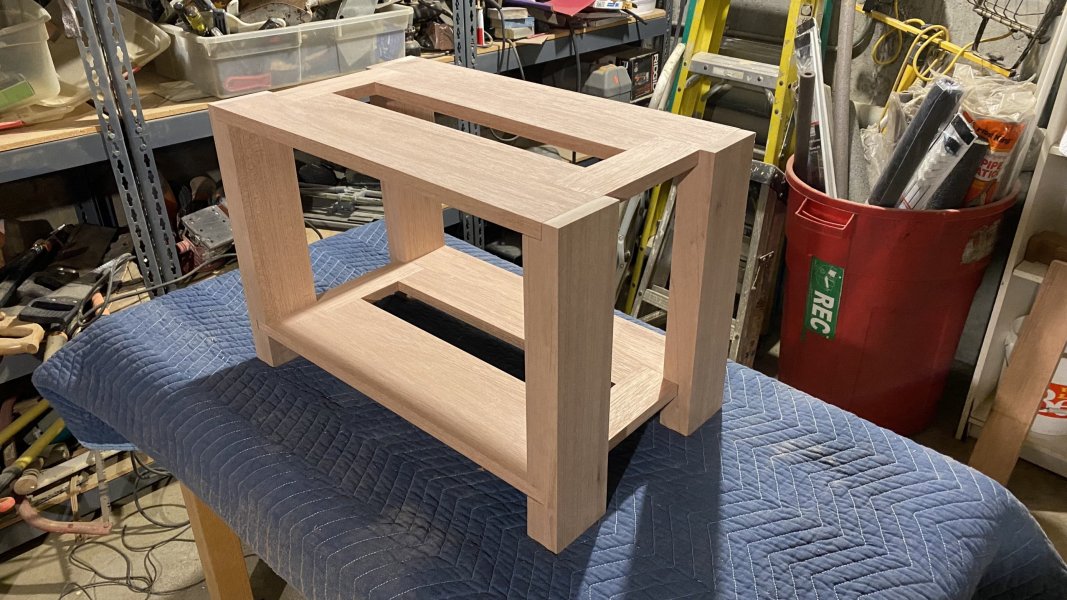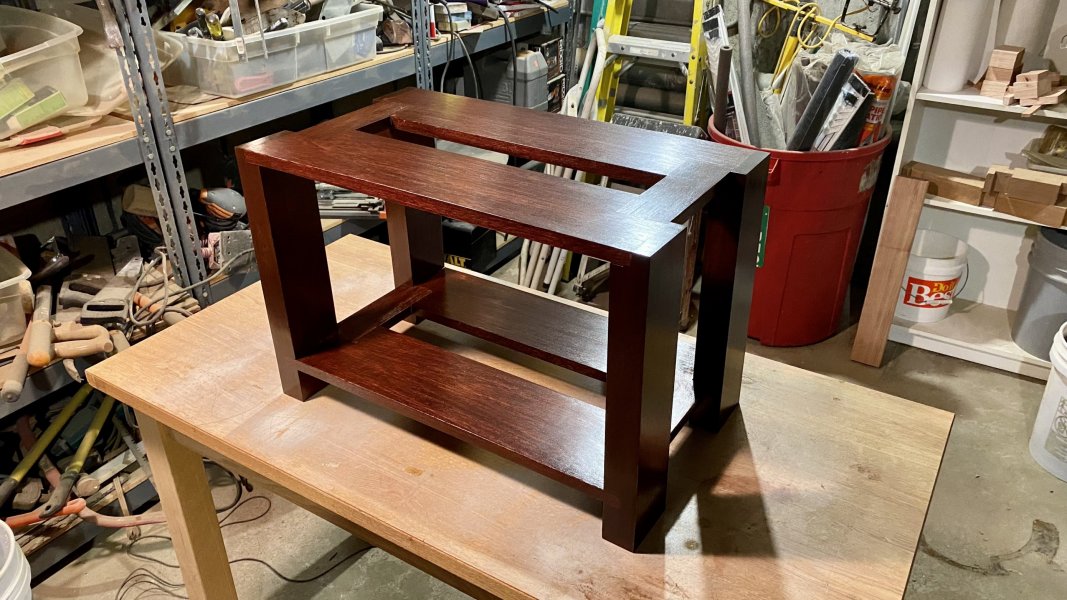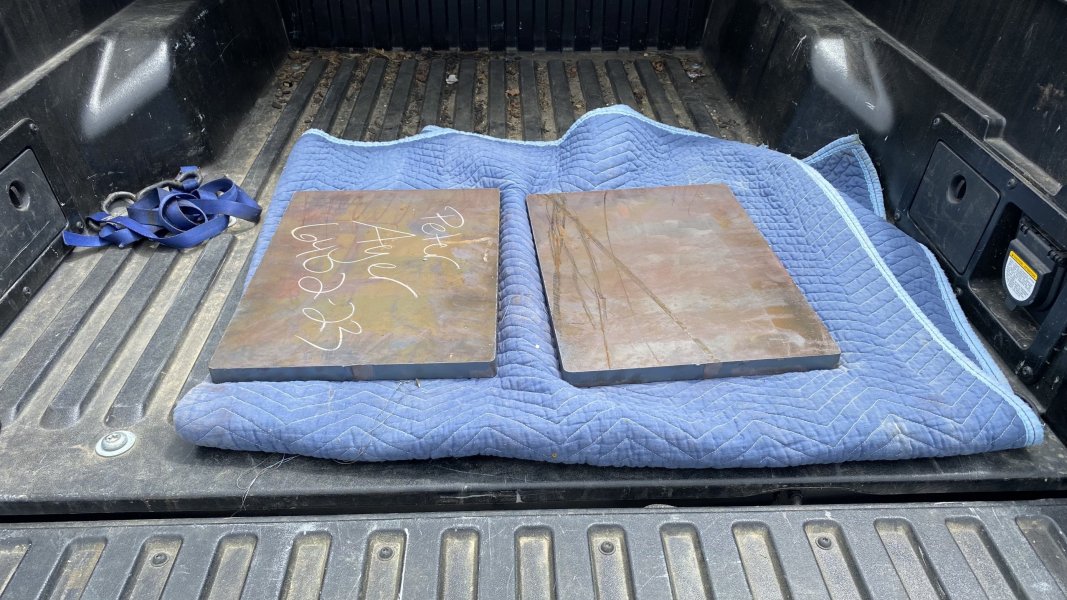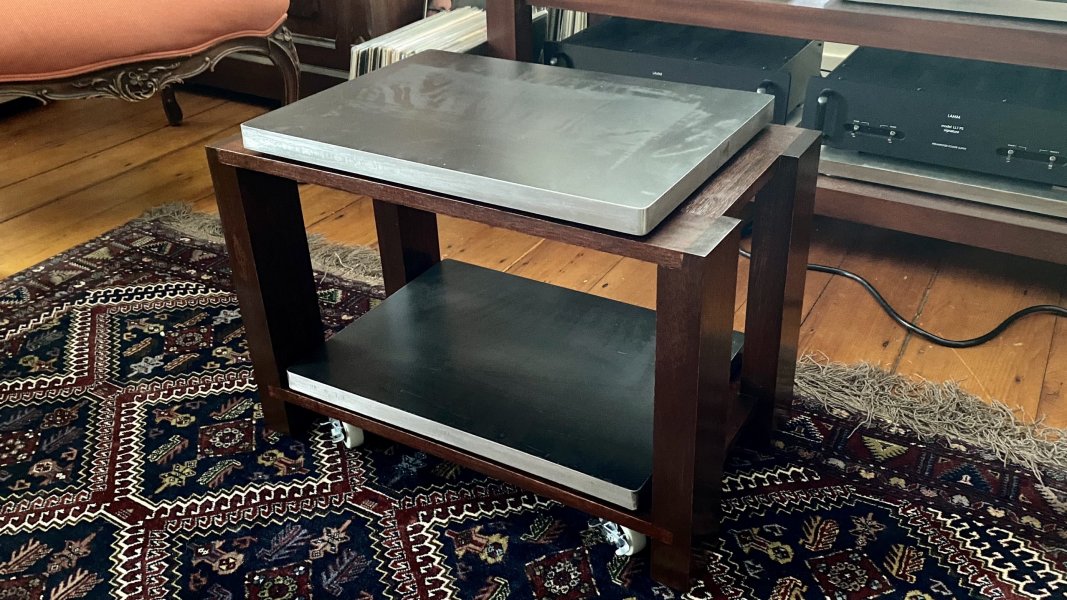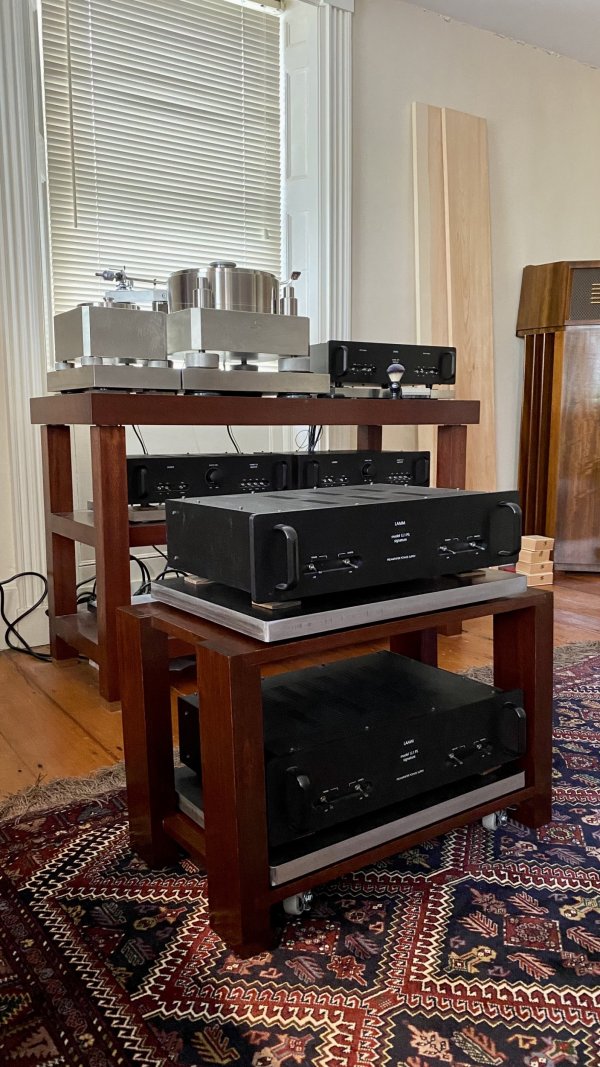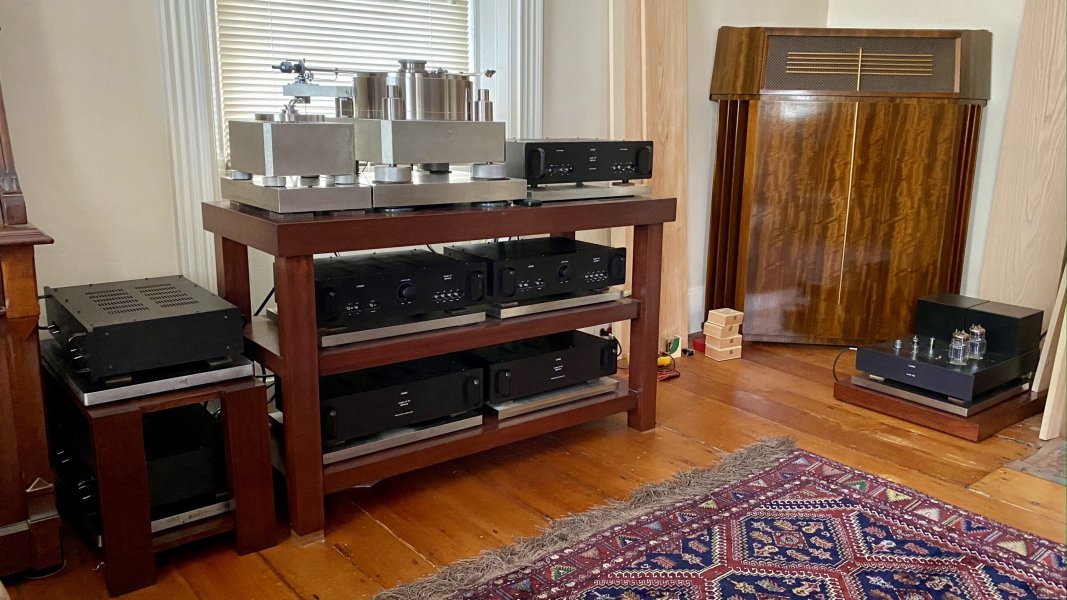Before this discussion strays any further from the IP's intention, I would like to weigh in.
I've had the unusual good fortune to audition, listen to and learn from Peter's methodical approach through virtually all iterations of his system.
Having experienced the introduction of the Lamm LP1 into Peter's system has been revelatory.
While I have essentially the same electronics in my own listening room, my front end is a Micro Seiki 8000-II / SME 3012-R / Air Tight Supreme-- nothing to apologize for, but by no measure the AS2000 ( yes, I have heard them compared directly, in this same system ), and my speakers are neither as full range nor as efficient as Peter's Vitavox CN-191 corner horns. Thus when I listen at home, I likely hear slightly greater distortion at commensurate volume levels, and music is presented with noticeably less palpable authority, less 'plausible undeniability'.
With that as a baseline, I should add that I have been privileged to experience more than 40 hours' listening on DDK's system, which means I have pre-existing experience with the Lamm LP1, in tandem with the most remarkable AS2000 turntable, as at Peter's.
Peter's system with the LP 2.1 Deluxe phono preamp still sounded like an audio system, with moments of transcendent listening. In fact, one such moment in the LP 2.1 iteration of the system was so vivid, so beautiful and so compelling that it brought me to pick up my guitar again, after a 30 year hiatus. I experienced a moment of synesthesia that has otherwise only happened during meditation, performing or creating art.
With the LP1 in place --just as Peter states-- differences are immediately obvious. I won't try to characterize them, save to say that the boundaries of the room and the limits of the system have been sloughed like a snake skin shed. What came away was slightly translucent, and not unpleasant, but what remains now I find more consistently compelling than before, and even more fluid, repeatedly at that same sensually engaging level that a previous 'musical moment' caused me to take up my instrument again.
Peter said among his first observations about the LP1 that there was "more". I must add that there Was more, but that it was also better, and better by far.
I have for some time said that I don't know what I've been missing ( in audio, in an engine, in live musical experience ) until I hear it.
I heard it when Peter introduced the LP1 into his system. And I practiced guitar again this morning --even though I'm sick-- inspired again to live in and with music as much as I can discipline myself to do.
...And for those who don't know me, ANYthing that can press me into Any form of self-discipline is redoubtable, as a force of nature.
Great post, well written, David -- thanks. Now there are at least five of us with the same or similar electronics and different transducers. We don't encounter the LP1 very often, much less commentary. It's cool you have first hand experience of the LP2.1 --> LP1 transition.


